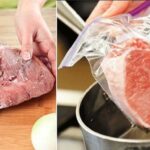
There are several ways to defrost meat, including soaking it directly in clean water for 4-6 hours. Another common method is to boil water and briefly cook the frozen meat, but this can affect the taste and nutritional value of the meat.
Today, Bếp Eva will share some quick and effective meat defrosting tips to keep your meat fresh as if you just bought it.
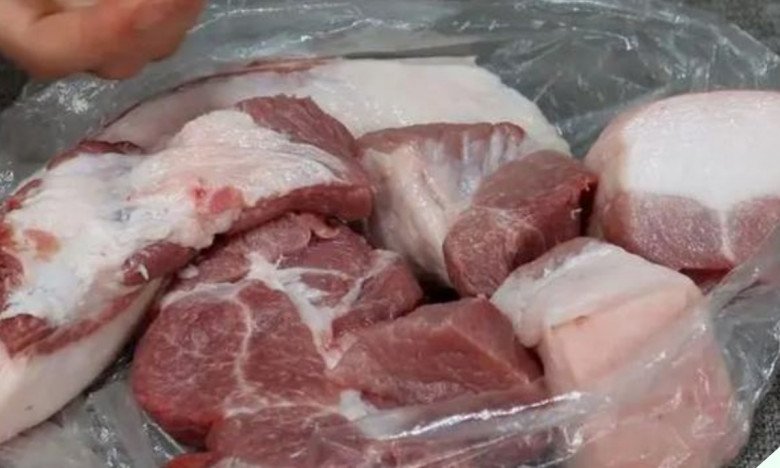
Firstly, to ensure your meat stays fresh before and after freezing, there are two important points to consider.
– Cut the meat into smaller pieces. Thinner slices will defrost more quickly than larger chunks.
– Wrap the meat in plastic food wrap before freezing. This helps to lock in moisture, prevent odors and bacteria, and keep the meat tender and fresh.
Additionally, once defrosted, meat should not be refrozen as this can promote the growth of harmful bacteria and cross-contamination.
QUICK MEAT DEFROSTING METHODS
1. Defrosting with Salted Water

– Prepare a bowl of warm water at around 40°C and place the frozen meat into it.
– Add a teaspoon of salt, mix well, and soak the meat for about 15 minutes. The sodium chloride in salt is a strong electrolyte, which will enhance the meat’s water absorption and quickly defrost it while preserving its nutritional value.
2. Baking Soda Solution

– Pour warm water into a bowl and add 2-3 teaspoons of baking soda. Stir well to dissolve, then soak the frozen meat for about 5 minutes. As a strong base, baking soda increases the pH of the water, stimulating protein absorption and rapidly defrosting the meat.
3. White Vinegar

– Add a tablespoon of white vinegar to warm water and soak the frozen meat for about 20 minutes. Vinegar helps tenderize the meat fibers, making it quicker to defrost.
Additionally, vinegar can eliminate any fishy odors and enhance the natural aroma of the pork.

In addition to these three simple methods, you can also use a microwave oven. Most modern microwaves have a defrost function, and placing meat inside for about 5 minutes will quickly defrost it. This is a common method used in restaurants to tenderize meat.
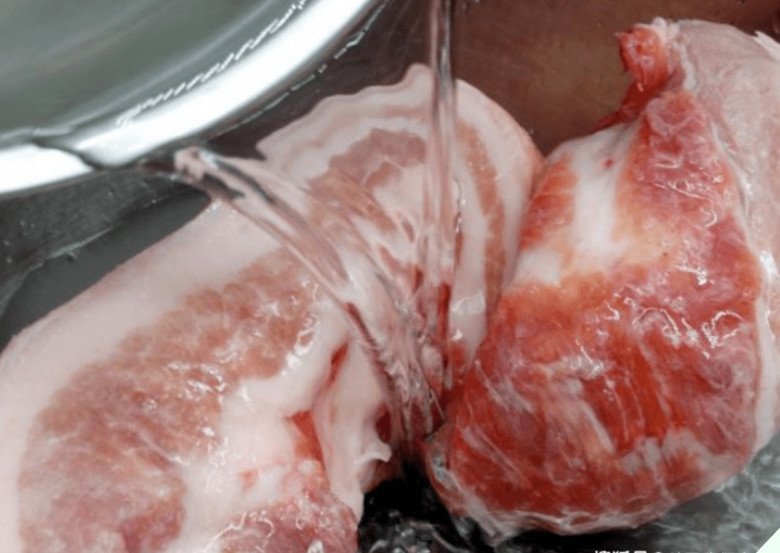
While these methods can quickly defrost meat, the best approach is still to defrost it naturally. If you’re not in a rush, move the meat from the freezer to the refrigerator the night before you need it. This way, it will be ready to use the next day, tasting fresh and tender as if it were newly purchased.
In addition to proper defrosting, here are some tips for storing meat:
– Choose fresh, high-quality meat. Look for meat with a bright red or pink color, and a moist, soft surface.
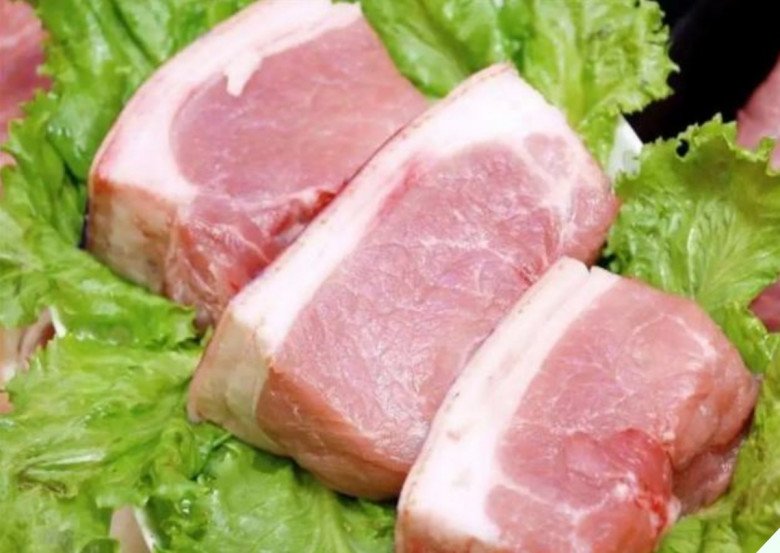
– Cut the meat into smaller pieces before freezing. Brush each piece with a layer of cooking oil to maintain ideal moisture levels.
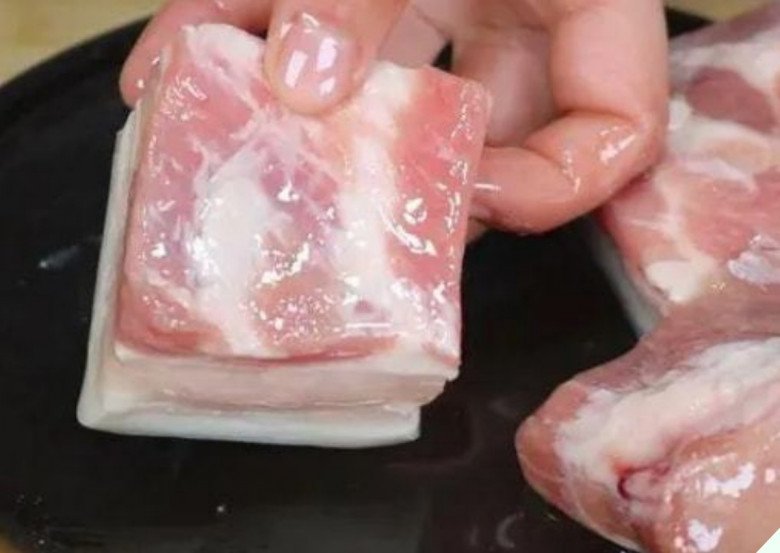
– Store the pork in ziplock bags or wrap it tightly in plastic food wrap before freezing.
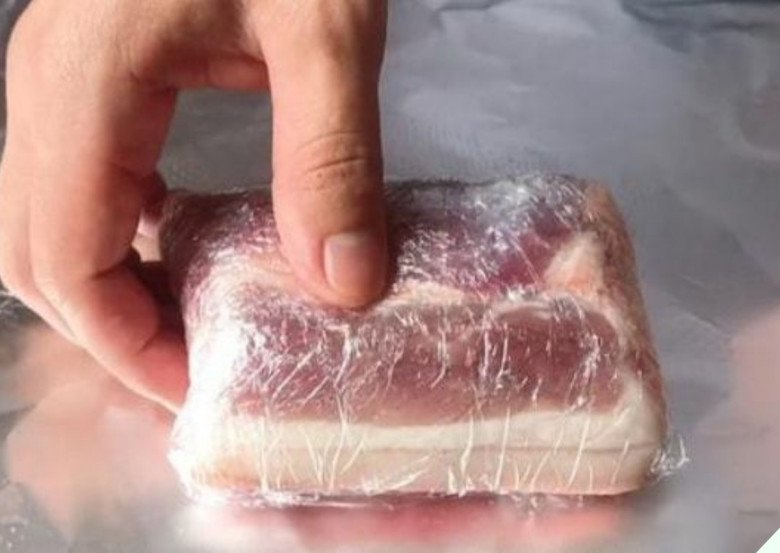
Following these basic guidelines will help keep your meat fresh and flavorful, even when stored for extended periods. Theoretically, frozen pork can be stored for up to a year, but it’s best to consume it within four months to ensure optimal taste and nutritional value.
The Ultimate Kitchen Hacks: Secrets to Becoming a Master Chef at Home
The kitchen is an integral part of every home, and for good reason. It’s a place where culinary magic happens and where hearts are often poured out. But, let’s face it, cooking can be a daunting task, and even the most seasoned home cooks can use a helping hand from time to time. That’s why we’ve put together a list of handy tips and tricks to help you conquer the kitchen like a pro and make your time there a little more enjoyable.



























